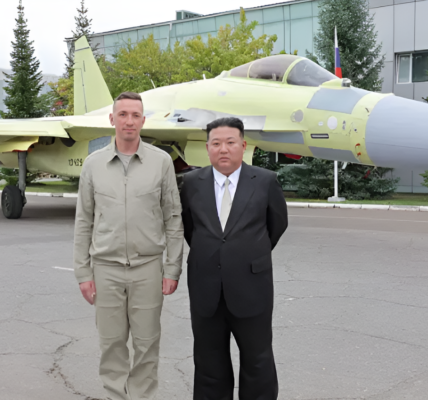
In today’s era of rapidly advancing military technology, the United States faces unprecedented challenges. American military supremacy, long assured, is now in jeopardy due to credible threats from peer nations like China and Russia. To counter these emerging threats and to ensure effective defense strategies, the U.S. military must answer some crucial questions. How can we be confident that defenses against hypersonic missiles will work? How well will fifth-generation aircraft perform in combat against adversaries like China and Russia? The only practical way to explore these questions is through sophisticated computer simulations. But does the U.S. military have the right tools to conduct the necessary analyses?
For the first time in 30 years, the U.S. is in a new strategic reality. Peer competitors now pose credible, multi-domain threats that require military planners to have a deep understanding of U.S. capabilities and how to effectively counter adversaries. Simulations are one of the most secure and cost-effective ways to test U.S. military operations, providing a virtual environment to examine potential strategies without the risks and costs of live exercises. However, the current simulation landscape is fragmented, with many simulations used independently instead of being integrated to provide a unified picture.
To effectively plan joint operations across different military services and intelligence agencies, it’s critical to integrate high-resolution, tactical-level simulations with campaign-level simulations that provide a broader view of operations. This approach will allow for better coordination and a more comprehensive understanding of potential outcomes in complex, multi-domain scenarios.
Learning from the Past
Historically, efforts to create a unified, joint simulation capability have faced significant challenges. In the 1990s, several attempts, such as the Joint Simulation System and the Joint Modeling and Analysis System (JMASS), aimed to bring together simulations from the different services. These efforts were plagued by management issues, resistance from service-specific stakeholders, and an inability to adapt to the needs of users. For example, services often prioritized their own simulation needs over the broader program’s objectives, leading to the failure of these initiatives.
One of the key lessons learned from these failures is the need for clear program management authority. Simulation programs should have a program manager who has both the responsibility for success and the authority to allocate funding. Without this, services and individual programs may not align with the broader goals. Additionally, user buy-in is essential for success. Past efforts failed because services did not see enough value in participating in joint simulation programs that required them to modify their own systems.
Another lesson is that flexibility is critical. A one-size-fits-all approach to simulation systems does not work, as military operations vary greatly depending on the scale and complexity of the mission. Large-scale operations, like those envisioned in campaign-level simulations, cannot provide the granular detail needed for mission-level operations. Instead, combining simulations of varying levels of detail is necessary to create a complete picture of joint operations.
A New Path Forward: The Integrated Defense Analysis Capability
To avoid the mistakes of the past, the Pentagon has recently taken steps in the right direction with the Integrated Defense Analysis Capability (IDAC), a new initiative designed to federate existing simulation systems. This effort seeks to integrate the capabilities of different services and the intelligence community to create a more accurate representation of joint operations. Rather than developing entirely new systems, the IDAC draws on existing simulation models—such as the U.S. Air Force’s Advanced Framework for Simulation Integration, the Navy’s Next Generation Threat Capability, and the Army’s One Semi-Automated Forces system—to create a unified simulation environment. This approach significantly reduces costs and allows for quicker integration of improvements.
The IDAC initiative is already yielding promising results. It has been used to assess and update operational plans, integrating human decision-makers with simulated adversary tactics to generate insights that high-level models cannot provide. For example, in a recent exercise, IDAC demonstrated how naval air assets could support Army ground operations in a simulated battle scenario, offering valuable insights that helped refine the operational plan.
Looking forward, the IDAC will continue to evolve, incorporating new capabilities such as cyber models, and further integrating capabilities across services. The program is also emphasizing user engagement, establishing a community of interest to ensure that simulations meet the real-world needs of military planners and operators.
Conclusion: The Need for Authoritative Simulations
As modern warfare becomes increasingly complex, the U.S. military’s need for authoritative, integrated simulations is more critical than ever. By combining campaign-level simulations with mission-level models, the Pentagon can gain a clearer, more comprehensive understanding of potential military operations. The Integrated Defense Analysis Capability offers a promising framework for future simulation efforts, providing the foundation for more effective joint operations planning and execution.
This approach represents a new way forward, one that takes lessons from the past while embracing the latest technologies and methodologies. With a unified simulation capability, the United States can better prepare for the evolving threats posed by peer adversaries and ensure that its military remains capable, adaptable, and prepared for the challenges of the future.




